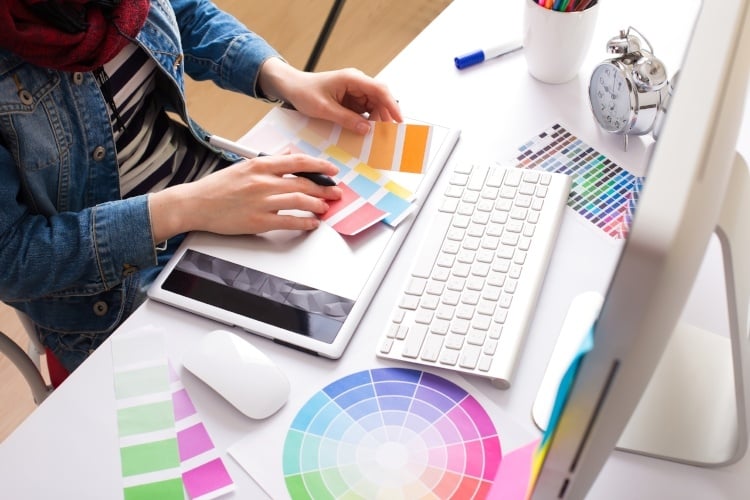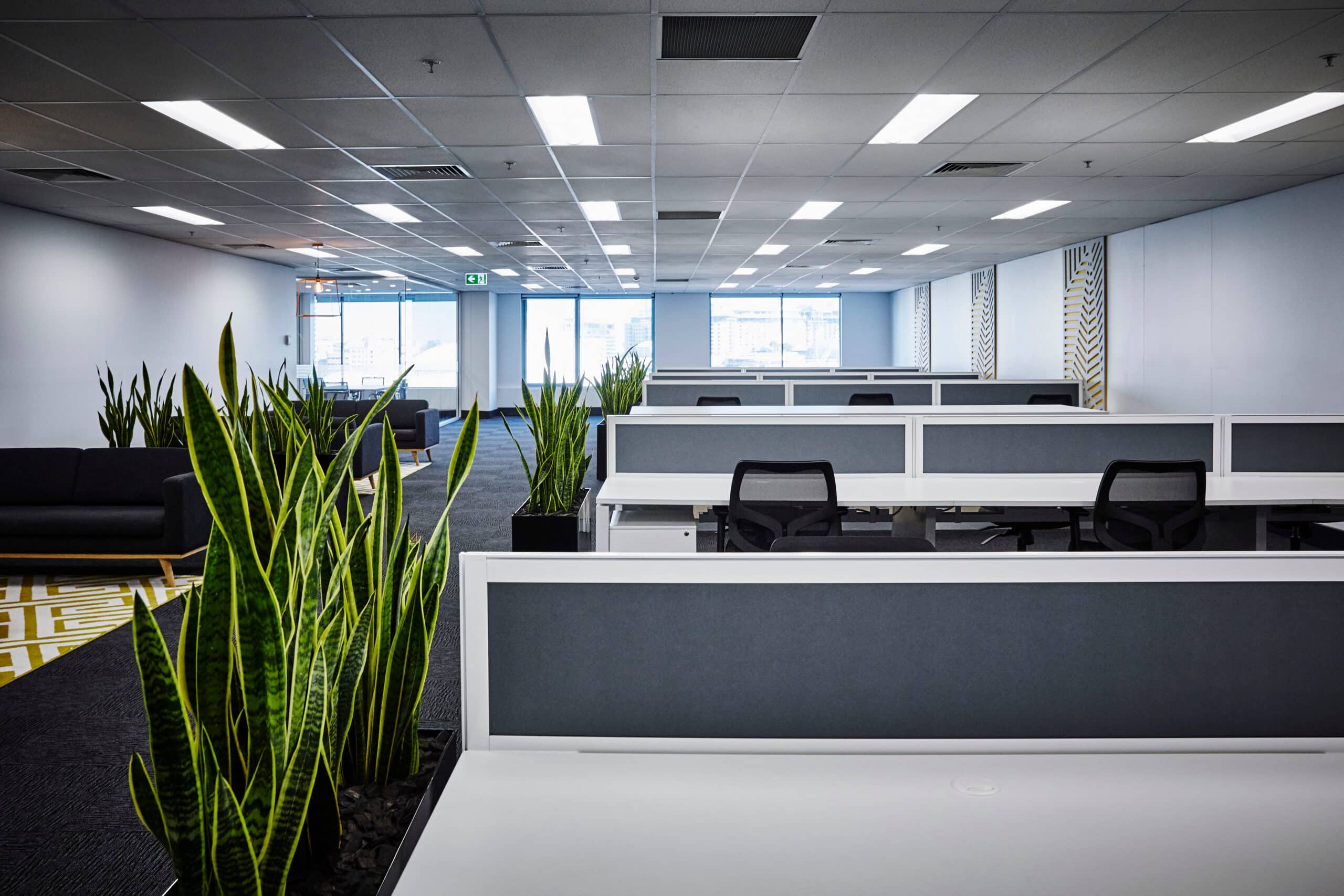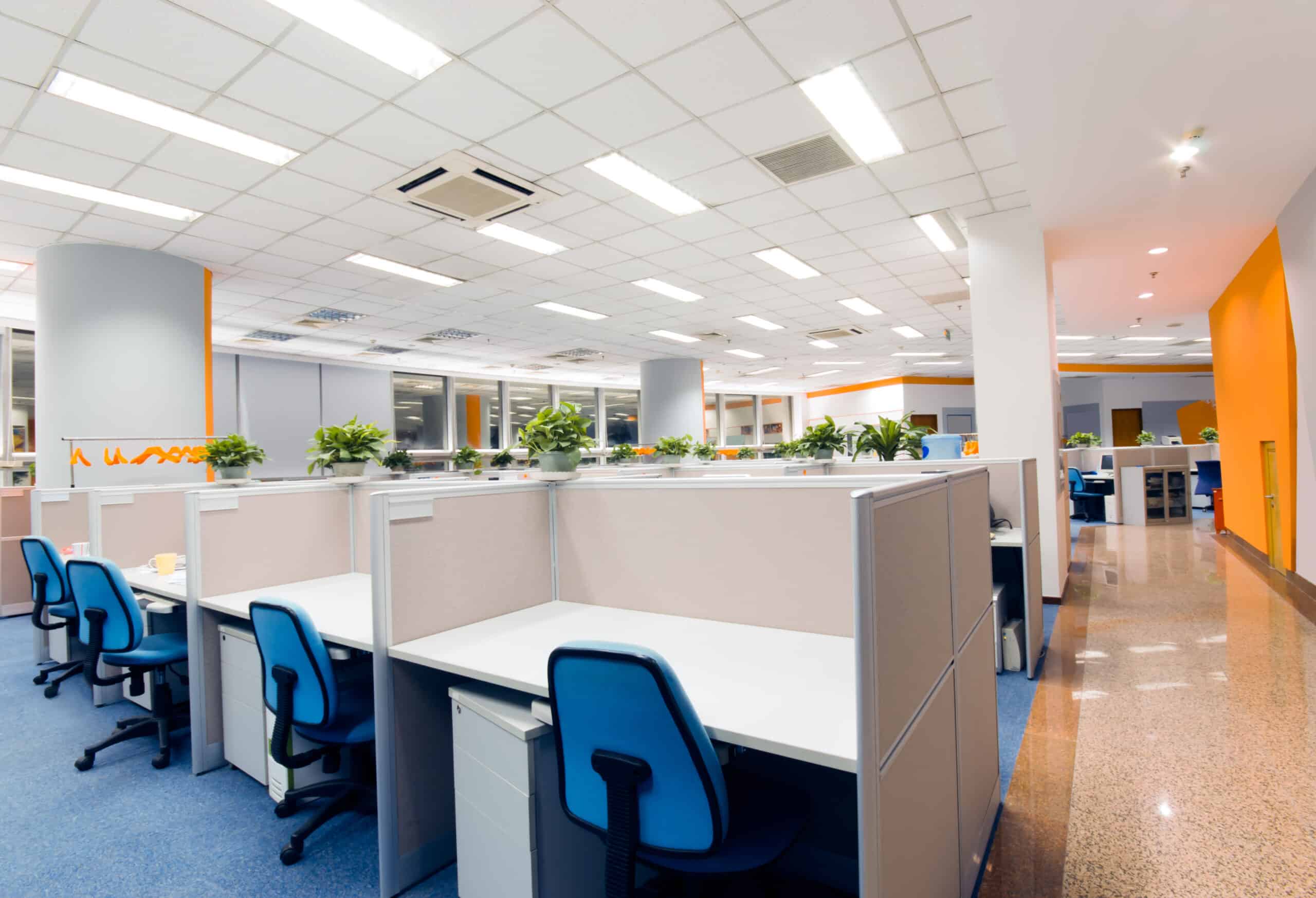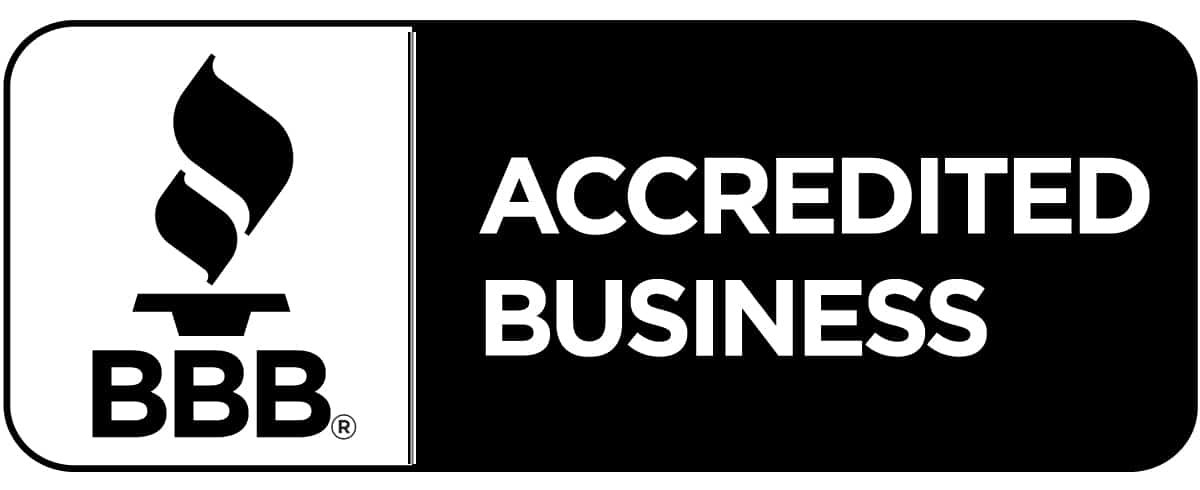If you’re planning an office renovation, you’re probably focused on logistics: how you can minimize downtime, when you should schedule the office movers, how you should configure your office furniture, etc. That’s certainly understandable! The nuts and bolts of an office move or renovation are critical.
But, as the saying goes, “The devil is in the details.” Something that many managers – and even some office designers – consider an afterthought can actually set you up to succeed (or to struggle) from a productivity standpoint. Those surprisingly influential details including lighting, ergonomics, plants, and COLOR!
The Psychology of Color
That’s right, there is more to color than meets the eye! Different colors elicit different emotional responses. You should choose your workplace color scheme not only based on your (or an office designer’s) personal preferences. Sure, your workplace color palette should be appealing. However, it should also be chosen to influence moods to create your desired effect.
Gray Office: Gray Mood
A long-term study conducted by the University of Texas School of Architecture concluded that the worst colors to paint offices are gray, beige and white – all of which, coincidentally, are common office wall colors. Not only were these colors deemed uninspiring, they were deemed depressing. Don’t assume that the brighter and bolder the color, the better the mood, though. Men subjected to orange and purple offices reported feeling depressed, too.
Look to Nature for a Mood and Productivity Boost
You can’t go wrong with a blue and/or green office, say researchers at Creighton University who studied the effect of color on employees. Employees working in blue or green offices reported feeling calm and optimistic about their jobs. Color researchers also say green and blue boost efficiency and focus in the workplace. Because these colors are calming and stabilizing, they encourage employees to focus on the task at hand rather than becoming distracted.
Other Colors and How They Influence Mood
Most color psychologists agree that red is a stimulant. It encourages action, energizes and can even elevate blood pressure. If your business depends on employees to be physically active, red could boost productivity. In a typical office setting where productivity involves active brains rather than active bodies, avoid large swaths of red, as it can cause feelings of aggression and hostility, but a pop of red in the form of a pillow, painting or rug may be rejuvenating in an office. However, avoid a red wall color, which is shown to be over-stimulating in a professional setting.
Yellow and orange have stimulating and energizing effects but without the aggression factor. Yellow is considered to be a welcoming color and is also thought to boost creativity. Too much yellow, though, has been tied to feelings of frustration. Orange overload has also been shown to stimulate the appetite. Employees who are counting down the hours until their lunch break probably aren’t being as productive as they could be. Yellow and orange, then, are probably best used as accent colors in the workplace (fortunately, if you choose the right shades, they look great with blue or green!)
Color Them Happy!
If you’re planning an office renovation, don’t underestimate the importance of color in the workplace. It can mean the difference between an atmosphere of cool, calm, collected and productive employees – or angry, hungry, depressed employees … (hue knew?) If you need help with the logistics of your office renovation or move, we encourage you to contact us at Houston Installation Services.


.jpg)




